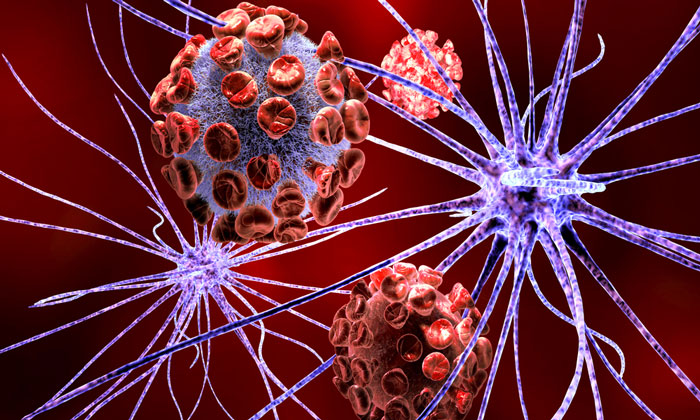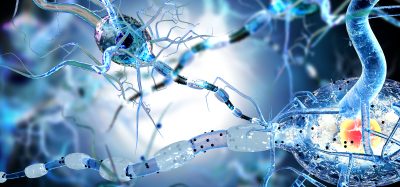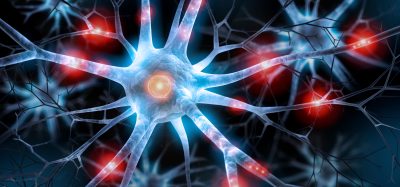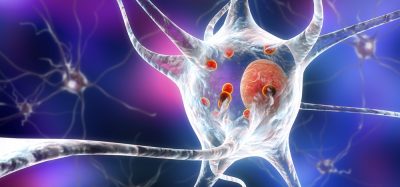Huntington’s disease: a way to prevent cognitive decline
Posted: 19 October 2023 | Drug Target Review | No comments yet
Discovery about Huntington’s disease may apply to other neurodegenerative disorders, like Alzheimer’s and frontotemporal dementia.


Published in Nature Medicine, research carried out by Dr Beth Stevens’ lab at the Boston Children’s Hospital suggests that there could be a way to protect the brain and slow, or prevent, cognitive decline caused by Huntington’s disease, the most common neurodegenerative disorder. Huntington’s disease is controlled by a single gene and is characterised by motor and cognitive deficits and psychiatric symptoms, that currently has no treatment to stop or reverse the disease.
Dr Beth Stevens’ research indicates that complement proteins and microglia, parts of the immune system, mediate the loss of specific synapses connecting the brain’s cortex and striatum. These findings may also shed light on other neurodegenerative conditions like Alzheimer’s disease.
The Stevens lab was one of the first to demonstrate that microglia engulf and prune synapses during normal brain development which fine-tunes the brain’s connections. It was also shown that complement proteins tag synapses meant for elimination. The team speculated that in diseases involving synapse loss, like Alzheimer’s disease, schizophrenia, and Huntington’s disease, this pruning process is abnormally reactivated.
There is a single gene associated with Huntington’s disease and it has a well-defined pathology with specific brain regions and select synaptic connections between neurons affected at early stages of the disease. Both of these aspects made it ideal for the team to test their theory.
The researchers used an animal model and postmortem brain samples from patients with Huntington’s disease, which showed that complement proteins and microglia are activated very early in the illness, before cognitive and motor symptoms emerge. It was found that they target a specific vulnerable brain circuit in the pathway connecting the cortex and striatum. Corticostriatal circuits are known to be involved in movement and learning what actions lead to positive outcomes. The team noted increased levels of complement proteins, specifically around these synapses in the striatum. Simultaneously, inputs from neurons in other brain regions that connect to the same cells were relatively spared.
The team used an antibody or genetically deleted the complement receptor CR3 on microglia to block the complement protein C1q in their animal model, which prevented synapse loss. They also prevented cognitive defects around visual discrimination learning and cognitive flexibility. Dr Dan Wilton, first author on the study said: “Some cognitive deficits tend to develop much earlier than motor defects in Huntington’s disease, and this occurs in humans, too.” He continued: “The Huntington’s Disease model we are studying does develop some slight motor defects that are also resolved with complement blocking strategies.”
Wilton and his colleagues demonstrated a mechanism of specificity, selective vulnerability, and what happens at the earliest stages of Huntington’s disease. The findings also suggest a possible biomarker: levels of innate immune molecules were elevated in the cerebrospinal fluid (CSF) of patients with Huntington’s disease, even before the appearance of motor symptoms correlating with a known predictor of pathological severity and disease onset.
Stevens said: “We’re excited by the idea that we could identify neuroimmune biomarkers to stratify people at the earliest stage and prioritise some for treatment.” She explained: “If you had clinical samples such as CSF, measuring these biomarkers could bring insight into what is happening in the brain.”
Stevens believes similar mechanisms and biomarkers could apply to other neurodegenerative disorders, like Alzheimer’s and frontotemporal dementia, which her lab is exploring.
However, Dr Stevens and her team hopes to solve how the huntingtin mutation leads to complement activation. They know that specific expression of mutant huntingtin in cortical and striatal neurons is needed to start the synaptic elimination mechanism. Still, the factors leading to the selective targeting of corticostriatal inputs remain to be determined.
Related topics
microglial cells, Neurosciences, Targets
Related conditions
Alzheimer's disease (AD), frontotemporal dementia (FTD), Huntington's disease
Related organisations
Boston Children's Hospital








